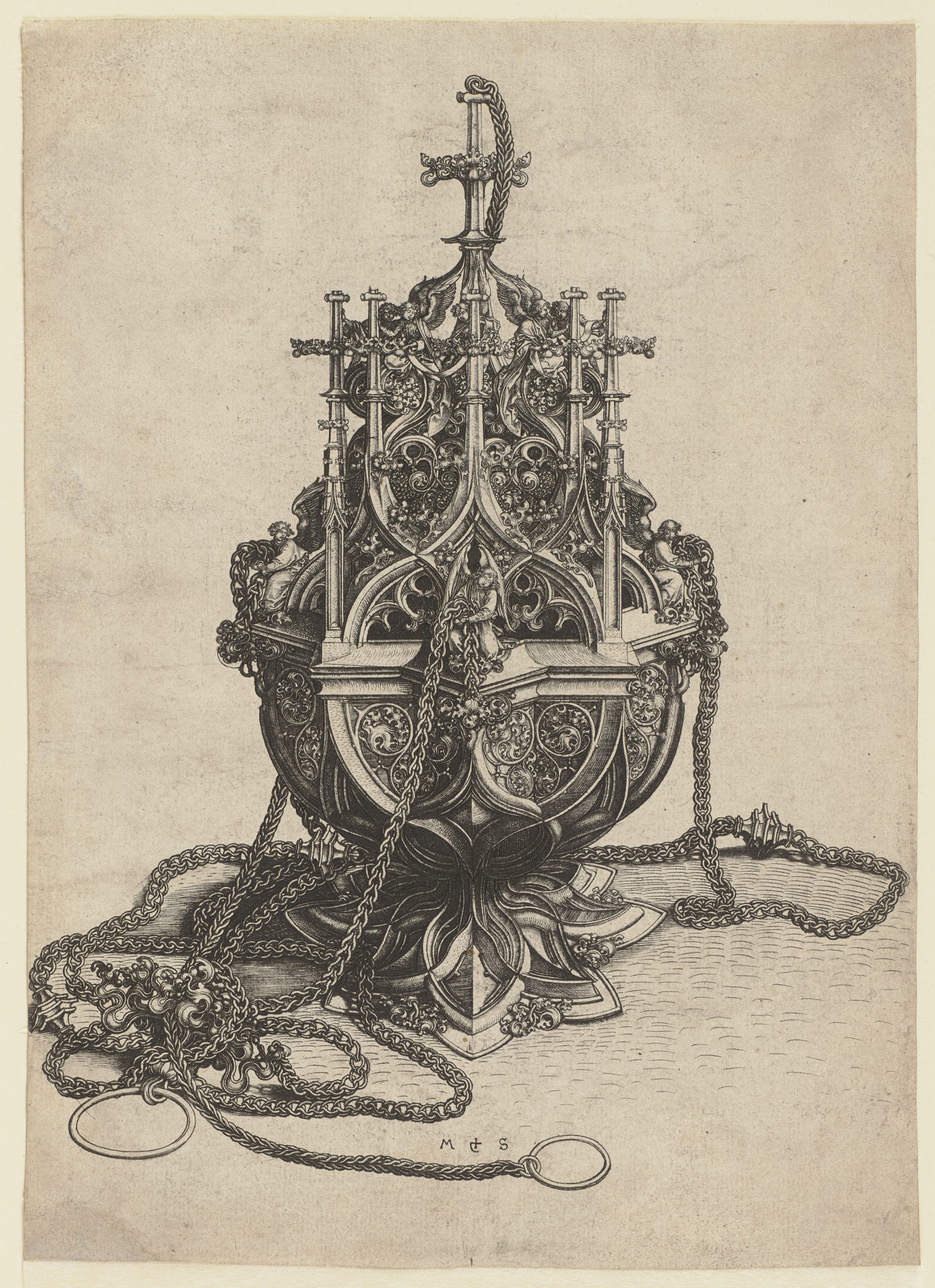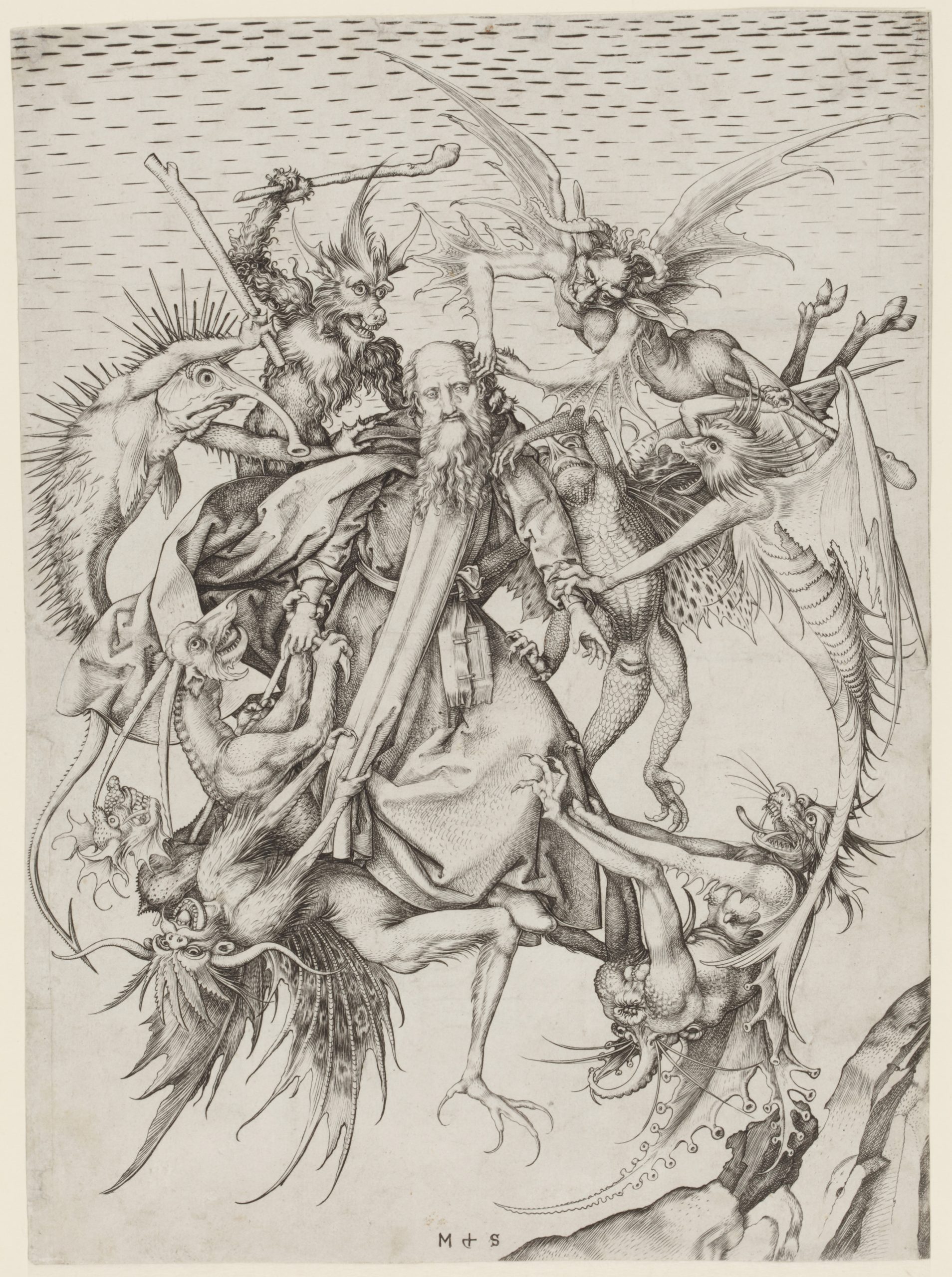



| Exhibition Hall of the Department of Prints and Drawings The Städel Museum FRANKFURT is devoting an exhibition to the engraving in its early days as an artistic pictorial medium. Philipp Demandt, director of the Städel Museum, comments about the show: ‘The extremely rare early engravings not only offer insights into the world of the Late Middle Ages but – as printed, reproduced, and circulated images – also play a highly consequential role in art history in general. Thanks to Johann David Passavant, the first head of the Städel collection, the museum today has superb examples in its possession. Our exhibition vividly illustrates how the engraving evolved to become an innovative and dynamic pictorial medium and thus later helped Albrecht Dürer, the greatest artist of the German Renaissance, to fame.’ The engraving is one of the oldest techniques used in Europe to print images. An intaglio printing method, it developed around 1430/1440 out of the art of metal engraving in goldsmith workshops. On the Upper and Lower Rhine, and not long afterwards in Italy as well, goldsmiths and painters began engraving religious and secular depictions on copper plates from which they then printed them on paper. Thus reproduced, the compositions served purposes of private devotion or as models, not only for other engravers, but also for painters, stained-glass makers, and sculptors. A new pictorial world gradually evolved and spread in the form of prints. This imagery owes its special appeal—which is as strong as ever today—to its simple but nonetheless effective graphic pictorial language, its immediacy, and its fascinating narrative qualities. |
